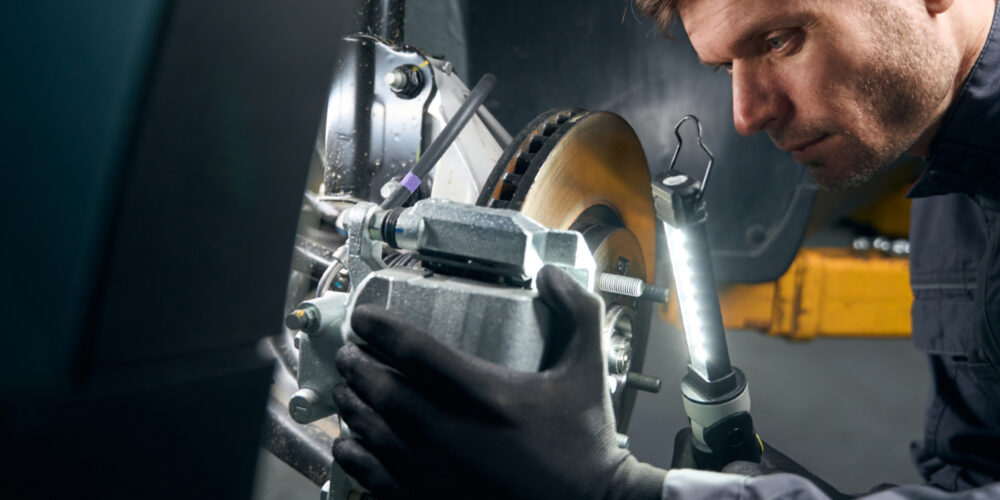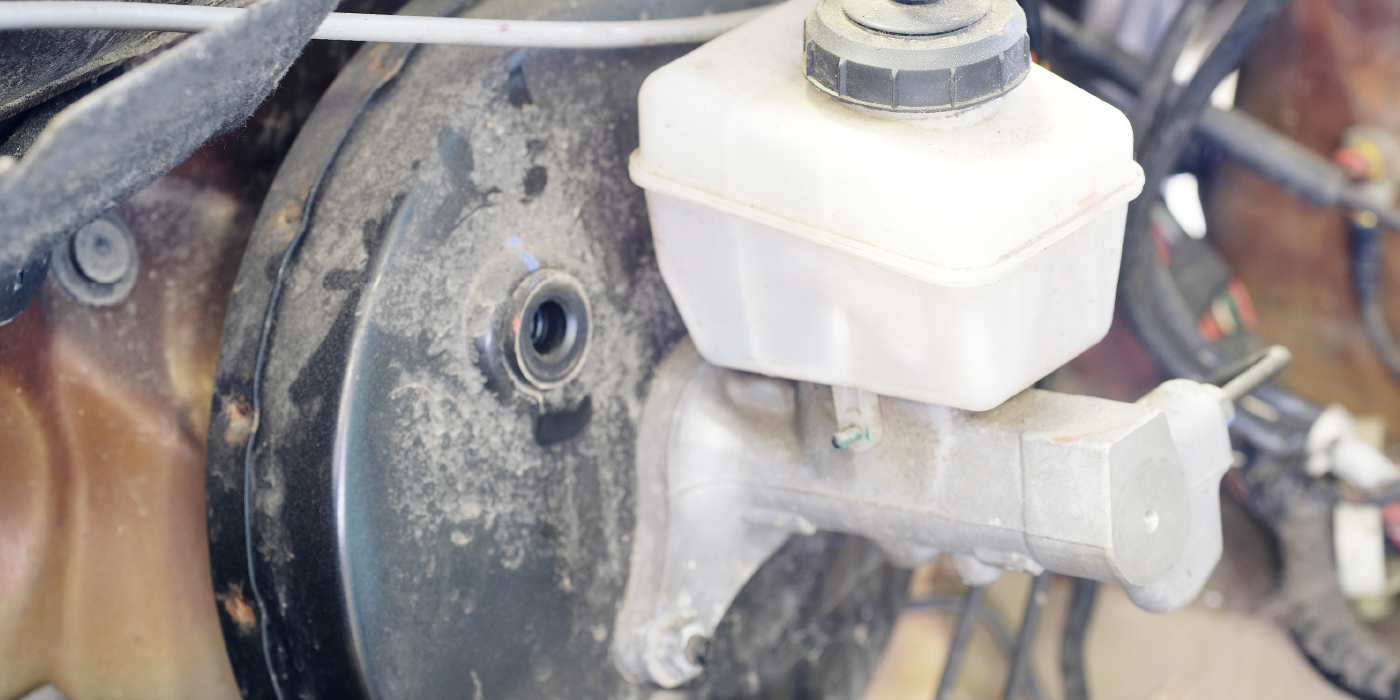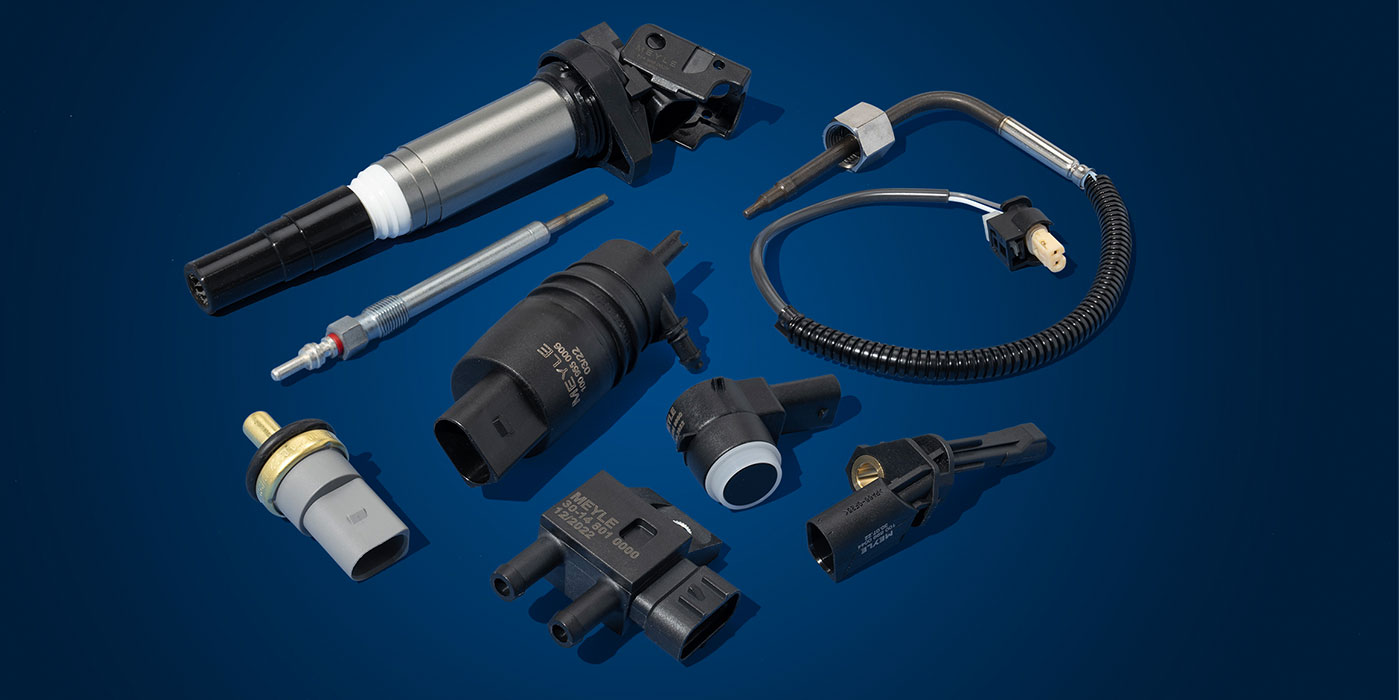Some 1990-’92 DeVilles, Fleetwoods, Eldorados and Sevilles may experience an intermittent rough idle condition.
To determine the cause of this condition, use the following procedure:
- Make sure the roughness isn’t what’s considered “normal” on this year and model.
- Check engine grounds to make sure they are clean and tight.
- Using onboard PCM parameters, check coolant temperature and MAT sensors key on cold to verify they are within three degrees of each other. Verify that MAP and BARO match key on and are correct for your altitude.
- Check MAP during the condition. At a warm idle with the A/C and other accessory loads off, in park or neutral, it should read between 30 and 40 kpa. A higher reading may be caused by a vacuum leak or a faulty sensor.
- Loosen the powertrain mounting nuts, brake torque the engine in drive and reverse, and check for gaps between the mounts and engine indicating uneven weight distribution of the engine. This may cause an engine vibration. Shim up any mounts that are not evenly loaded with the others.
- Check ignition secondary pattern on a scope. If any cylinders indicate erratic spark lines, refer to Section 6E-C4 of the appropriate service information manual and repair as necessary.
- Check the fuel pressure during the condition. It should be no more than 38 psi at idle. If it is above that, verify idle vacuum (at least 18”) to the fuel pressure regulator. If the vacuum to the regulator is correct and the pressure is still high, check for a restricted return line; and if clear, replace the regulator.
- Per charts A-4 and A-5 in the 1991 or 1992 service information manual, (for 1990 models refer to the 1991 manual) check each injector fuel pressure drop at key on and rpm drop at 2,000 rpm and compare the readings. If some cylinders are more than 10 percent different than the rest, replace the injectors for those cylinders.
- Check injector resistances (this is usually easiest from the underhood connectors between the injectors and the PCM. Use C112 and C113 on 1990-’91 DeVilles and Fleetwoods, C104 on 1992 DeVilles and Fleetwoods, C171 and C172 on 1990-’91 Eldorados and Sevilles, and C105 on 1992 Eldorados and Sevilles).
Refer to the appropriate service information manuals for proper locations and pins, as they vary. If the condition occurs hot only or cold only, make sure the readings are taken under the same conditions. The injector resistances should be between 14 and 18 ohms. Replace any injectors outside this range. If three or more are outside this range, replace all eight. If one or two are replaced and the vehicle returns with another injector outside the range, replace all eight. If all the injectors are replaced, the fuel tank should be inspected for alcohol-contaminated fuel. Such fuel may cause damage to the tank and sender unit.
Courtesy of IDENTIFIX.
For additional information, visit www.identifix.com.












